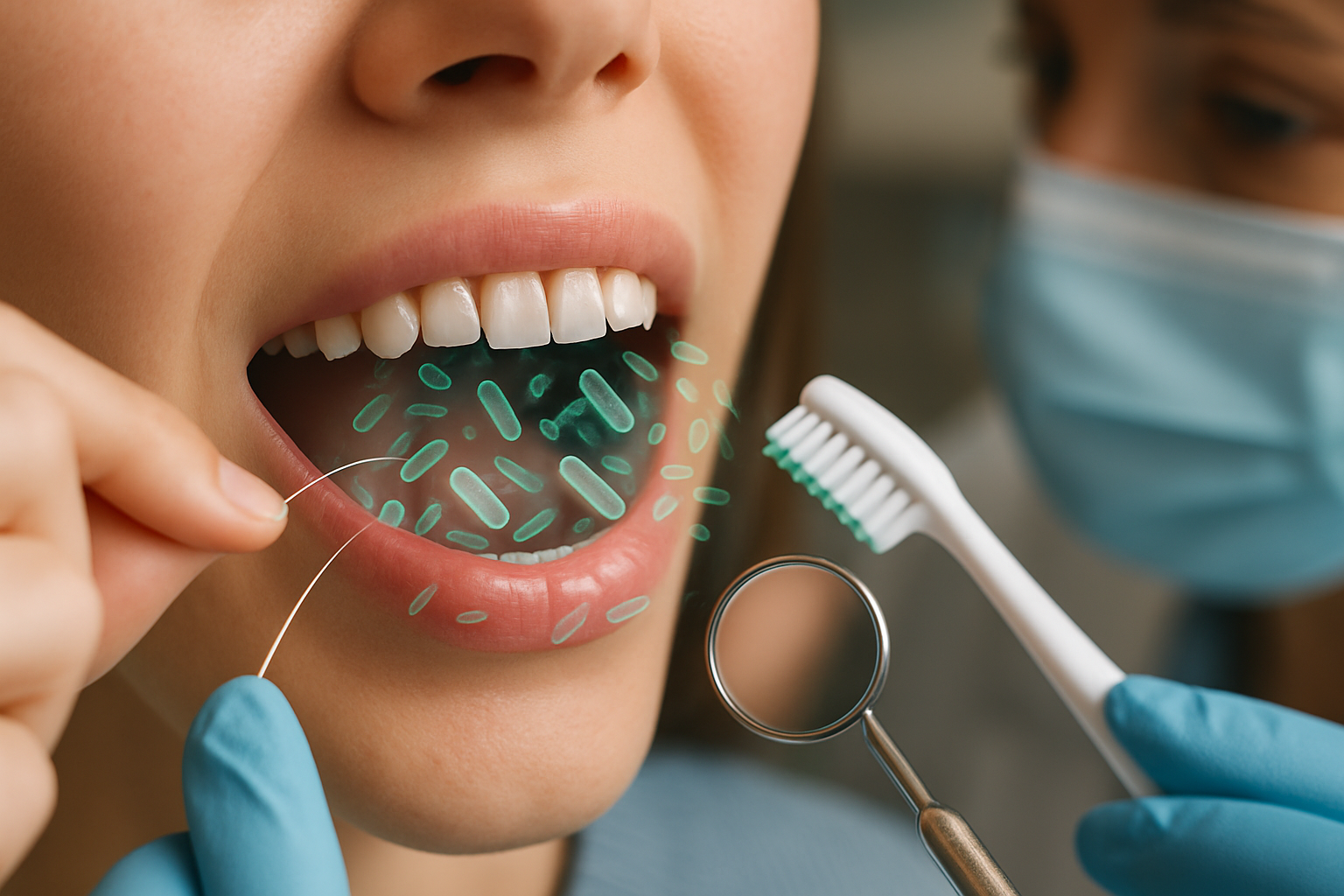The Truth About Teeth Whitening: What Really Works
Teeth whitening is one of the most popular cosmetic treatments, yet not all methods deliver the same results. From home kits to professional procedures, understanding effectiveness, safety, and longevity is essential. This guide explains what truly works and offers practical advice for achieving a brighter smile without unnecessary risks.

The Truth About Teeth Whitening: What Really Works
A whiter smile is often associated with confidence and good health, yet not all whitening methods are equally effective or appropriate for every person. Understanding how different treatments work, their limits, and their potential risks can help you choose an option that fits your teeth, lifestyle, and expectations.
Types of teeth whitening and how they work
Most whitening methods focus on removing stains from the surface of the teeth or lightening the color of the tooth from within. Surface stains (extrinsic stains) come from coffee, tea, red wine, tobacco, or deeply pigmented foods. Deeper discoloration (intrinsic stains) may be related to age, medication, trauma, or naturally darker dentin beneath the enamel.
Whitening toothpastes and polishing pastes rely mainly on mild abrasives and sometimes chemical agents to scrub away surface stains. Over-the-counter strips, pens, and trays typically use low concentrations of peroxide-based gels that penetrate enamel and break down stain molecules. Professional take-home trays provided by a dentist use custom-fitted trays and stronger gels, while in-office whitening uses the highest concentrations of peroxide, applied under controlled conditions for faster and more dramatic results.
Key factors affecting whitening effectiveness
Not everyone’s teeth respond the same way to whitening. The original shade of your teeth, the type of stain, and the thickness of your enamel all play major roles. Yellowish discoloration, often caused by aging or dietary habits, usually responds well to peroxide-based treatments. Brown or grayish staining, especially from certain medications or trauma, can be more resistant and may not reach the very bright shades shown in advertisements.
Your habits also matter. Frequent coffee, tea, or tobacco use can quickly re-stain teeth, reducing how long results last. Existing dental work such as crowns, veneers, and composite fillings will not whiten, which can lead to uneven color if surrounding natural teeth become lighter. Finally, the strength of the product and how consistently you follow instructions will influence how noticeable and how safe the outcome is.
At-home vs professional whitening options
At-home products are widely available and convenient, with options such as strips, brush-on gels, LED devices, and pre-filled trays. These usually contain lower concentrations of active ingredients, so results tend to be more gradual and subtle. For many people with mild staining, these products can provide a visible improvement over a few weeks when used as directed.
Professional whitening from a dentist, whether in-office or with custom take-home trays, offers more precise control. Dentists can tailor the strength and exposure time based on your dental history, reduce the risk of gum irritation, and monitor sensitivity. In-office treatments typically produce results in a single visit, while professional take-home trays may be worn for several days to a few weeks. The trade-off is that professional treatments generally cost more and may cause short-term sensitivity in some people.
Tips for maintaining long-lasting whiteness
Once teeth are lightened, daily habits determine how long the brighter shade will last. Brushing twice a day with a fluoride toothpaste, flossing daily, and scheduling regular dental cleanings help remove new surface stains before they set. Rinsing with water after drinking coffee, tea, soda, or red wine can also reduce stain buildup.
Using a straw for dark beverages, avoiding smoking or vaping, and limiting highly pigmented foods helps teeth stay brighter. Some people benefit from occasional use of a whitening toothpaste or periodic touch-ups with a mild at-home product recommended by their dentist. However, it is important not to overuse whitening agents, as excessive or prolonged application can increase tooth sensitivity and may irritate the gums.
Choosing the safest whitening method for you
Cost, convenience, and the condition of your teeth all play into choosing a whitening approach. Over-the-counter options often have the lowest upfront price, while professional treatments require a larger investment but may offer faster and more reliable results, especially for deeper stains. Dental insurance in the United States rarely covers cosmetic whitening, so most people pay out of pocket.
| Product/Service | Provider | Cost Estimation |
|---|---|---|
| Crest 3D Whitestrips (Professional Effects) | Crest / retail pharmacies | About $45–$60 per box |
| Whitening toothpaste (e.g., Colgate Optic White) | Major oral-care brands | About $5–$8 per tube |
| Philips Zoom in-office whitening | Dental practices using Philips | About $300–$600 per session |
| Custom take-home whitening trays | Local dental offices | About $150–$400 for a full kit |
Prices, rates, or cost estimates mentioned in this article are based on the latest available information but may change over time. Independent research is advised before making financial decisions.
When comparing options, it helps to think beyond price alone. People with healthy teeth and mild staining may do well starting with reputable over-the-counter strips. Those with significant discoloration, a history of sensitivity, or multiple fillings and restorations are often safer working directly with a dentist, who can check for decay or gum disease, discuss realistic expectations, and recommend whether in-office or custom tray whitening is more appropriate.
This article is for informational purposes only and should not be considered medical advice. Please consult a qualified healthcare professional for personalized guidance and treatment.
A realistic approach to whitening recognizes that every smile is different. Some people will see noticeable changes with simple at-home products, while others may need professional care or may not achieve very bright shades at all. By understanding how whitening works, knowing its limits, and weighing cost, comfort, and safety, you can choose a method that supports a healthy, natural-looking smile over the long term.




